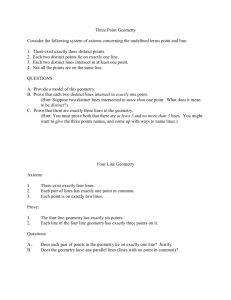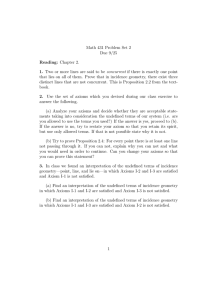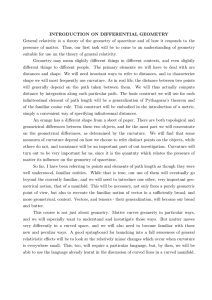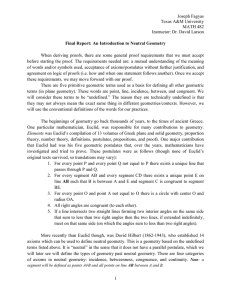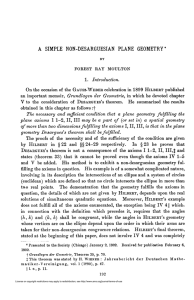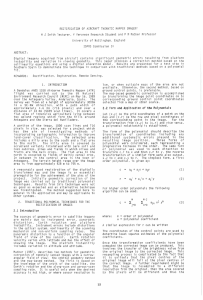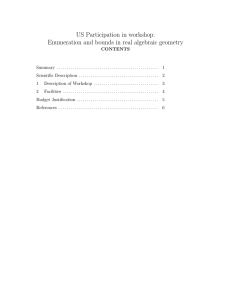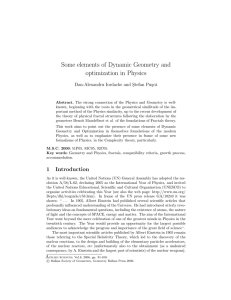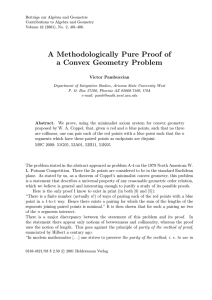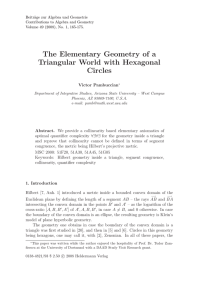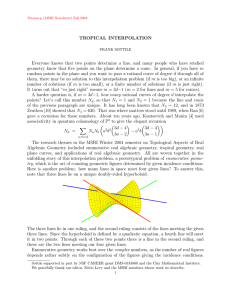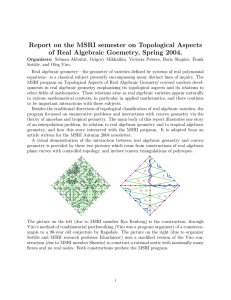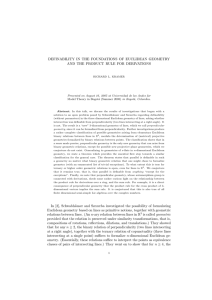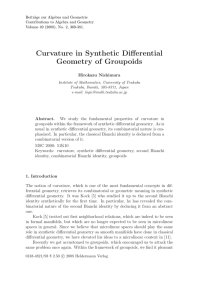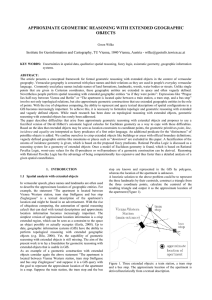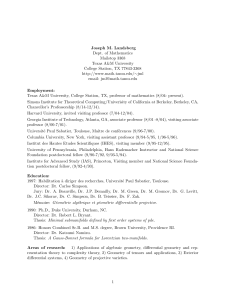Document 10389960
advertisement
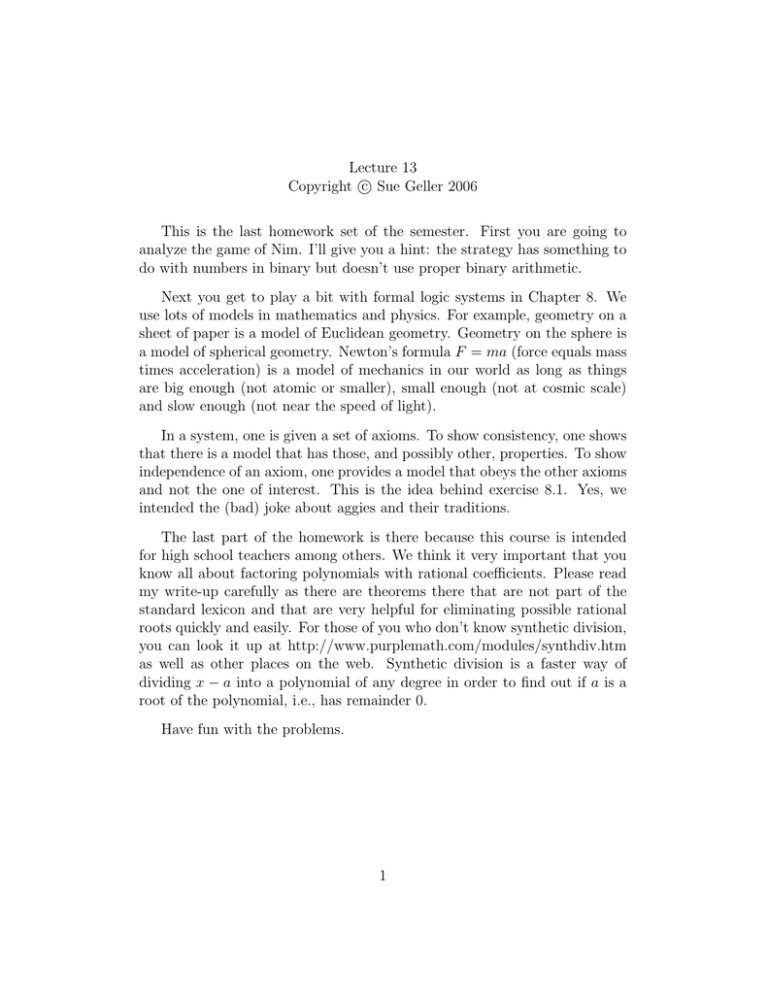
Lecture 13 c Sue Geller 2006 Copyright This is the last homework set of the semester. First you are going to analyze the game of Nim. I’ll give you a hint: the strategy has something to do with numbers in binary but doesn’t use proper binary arithmetic. Next you get to play a bit with formal logic systems in Chapter 8. We use lots of models in mathematics and physics. For example, geometry on a sheet of paper is a model of Euclidean geometry. Geometry on the sphere is a model of spherical geometry. Newton’s formula F = ma (force equals mass times acceleration) is a model of mechanics in our world as long as things are big enough (not atomic or smaller), small enough (not at cosmic scale) and slow enough (not near the speed of light). In a system, one is given a set of axioms. To show consistency, one shows that there is a model that has those, and possibly other, properties. To show independence of an axiom, one provides a model that obeys the other axioms and not the one of interest. This is the idea behind exercise 8.1. Yes, we intended the (bad) joke about aggies and their traditions. The last part of the homework is there because this course is intended for high school teachers among others. We think it very important that you know all about factoring polynomials with rational coefficients. Please read my write-up carefully as there are theorems there that are not part of the standard lexicon and that are very helpful for eliminating possible rational roots quickly and easily. For those of you who don’t know synthetic division, you can look it up at http://www.purplemath.com/modules/synthdiv.htm as well as other places on the web. Synthetic division is a faster way of dividing x − a into a polynomial of any degree in order to find out if a is a root of the polynomial, i.e., has remainder 0. Have fun with the problems. 1



